Estimated reading time: 5 minutes
Autumn is a great time to do some soil preparation before you plant your fruit trees. Looking after your soil is one of the 10 basic steps of fruit tree care.
It’s also one of the easiest jobs you can do to make sure your trees will be planted in an environment that will help them thrive.
What does soil preparation mean?
Soil preparation can mean different things to different people. Sometimes people ask how big a hole they need to dig to plant their tree.
Or they want to know if they should dig the hole in autumn, or wait until they’re planting the tree in winter.
People also often want to know what else should be added to the hole. Should they put manure, fertiliser, or something else in with the tree?
All great questions, but not the topic of today’s blog.
When we talk about soil preparation, we’re talking about a technique you can use to improve the health of the soil before you plant the tree.
The technique is to plant an autumn green manure crop. It’s particularly a good idea if:
- you have poor soil
- you don’t have enough topsoil
- you’re planting a tree into an area where a tree has died or you’re aware there has been disease, or
- you’re keen to give your new trees the best possible start in life.
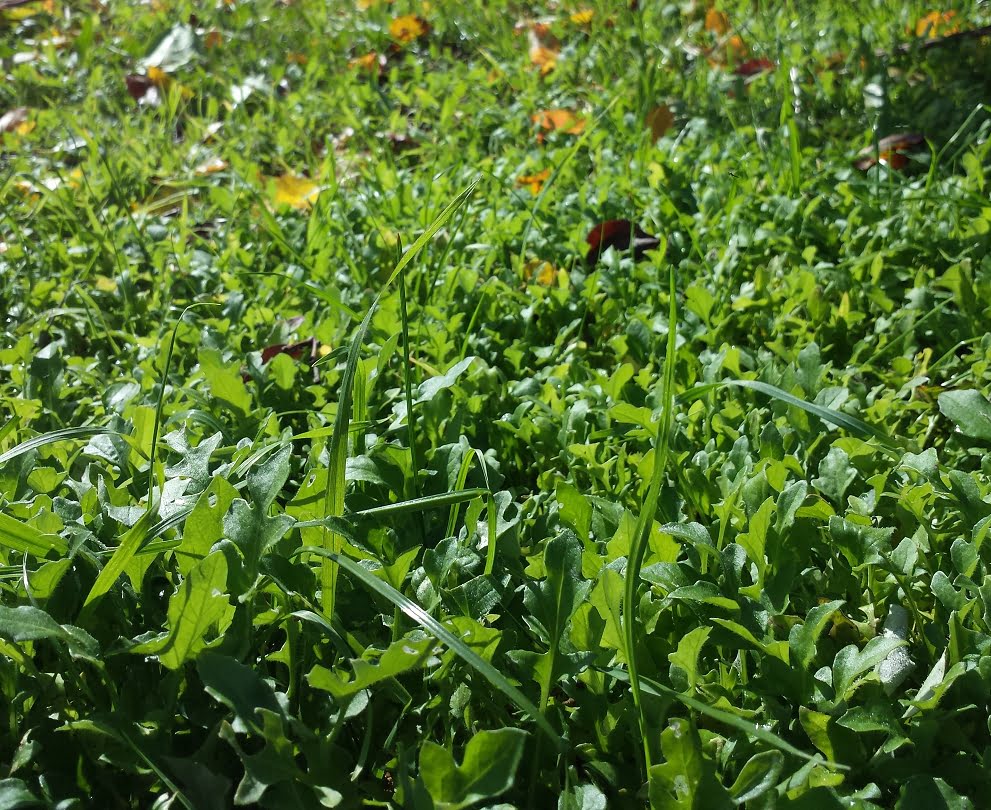
First, get the seeds for your green manure crop
You can either buy a green manure mix or make your own. It makes sense to plant seeds that are appropriate to the season you’re planting them. It’s a good idea to refer to a reliable list of autumn or spring green manure plants.
You can buy ready-made mixes, but we usually buy the seeds separately and mix them together in a bucket before sowing.
It’s a really good idea to add some fine sand (or similar) into the mix to help spread it evenly.
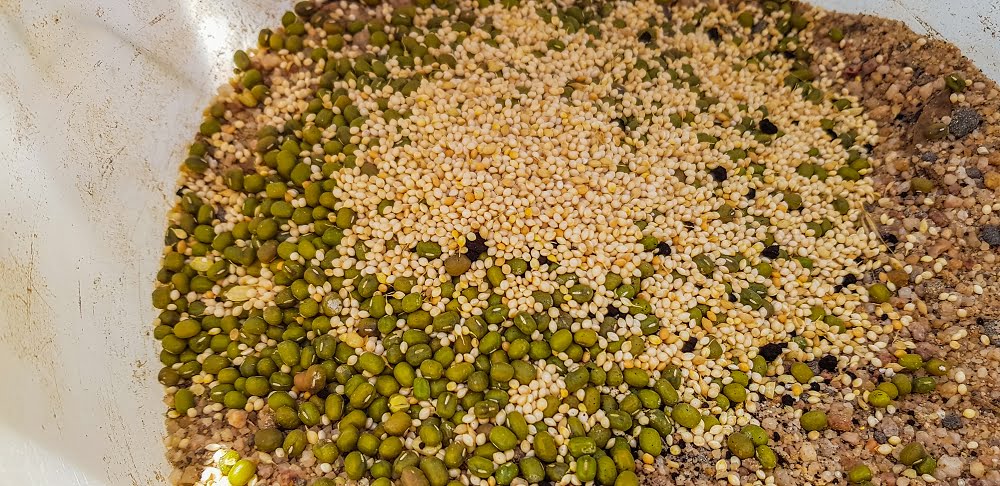
Spreading green manure seed
Before you broadcast the seed, lightly work up the soil if possible. If you’re doing a large patch to plant a whole orchard, it’s much easier to do this mechanically with something like a rotary hoe, disc, or plough if you have access to one.
If you’re just doing individual tree sites or don’t have access to a machine, you can dig the patch over with a shovel.
Select your tree sites first, and then work the soil and plant the green manure crop in an area of at least 1 square metre at each tree site.
Then broadcast the seed, trying to get it evenly spread over the whole area. We usually do this by hand, but there are lots of different types of seed spreaders available.
Once you’ve spread the seed, rake lightly to cover the seed with a fine layer of soil.
When should you plant the green manure crop?
The traditional idea is to wait until the ‘autumn break’ before you plant. This means after the first decent rainfall event that signals the end of the summer dry period. Depending on your area and climate, you’ll get enough natural rainfall for the crop to grow.
If you live in a particularly dry area or are currently experiencing drought, it’s still worth trying to get a green manure crop started. However, it’s only really practical to do this on a small area, because you’ll have to water the crop to get any benefit.
Once the crop has grown (ideally to at least a few inches tall), turn it back into the soil. It’s good to do this a few weeks before you plant your fruit trees, to give the green matter a chance to break down in the soil.
That’s it!
It’s a pretty straightforward practice, but the benefits to the soil are enormous.
If you use the right mix of seed, you should be adding a wonderful nutritional boost, as well as some bulk material to increase the organic content of your soil and provide lots of lovely food for the soil microbes.
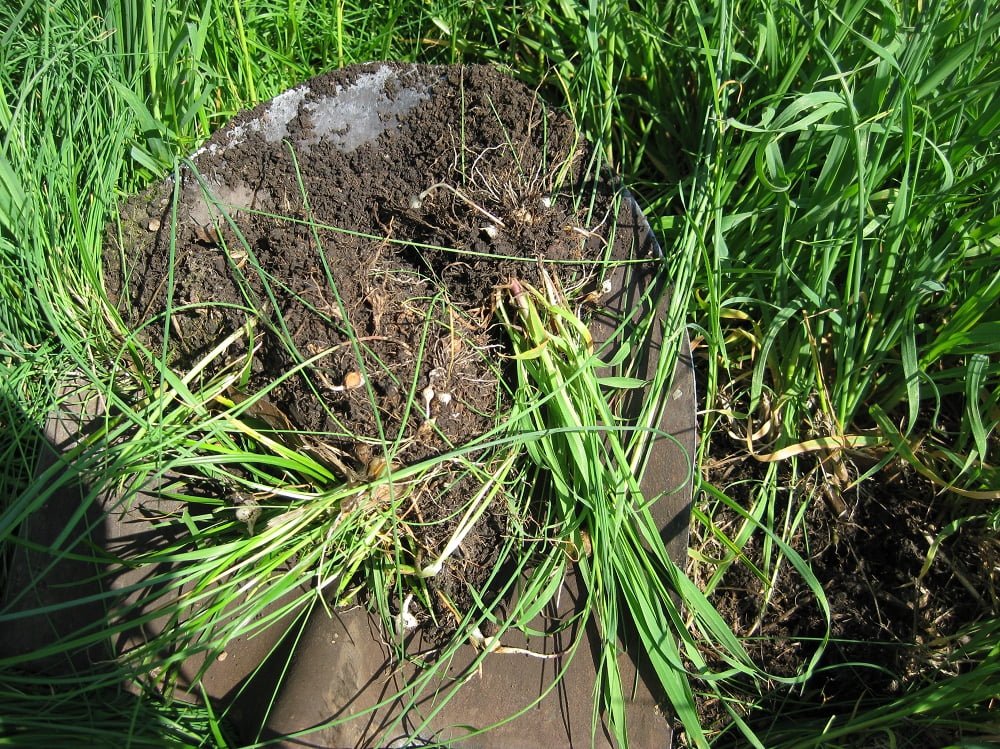
Related Articles
Is organic growing really any better?
Long-term studies have shown that organic growing is better for your health and the planet, and it may even be better for your pocket.
Animals, fruit trees, and electric fences
Animals and fruit trees go well together if you can figure out how to enjoy the benefits without the animals doing too much damage.
To mulch or not to mulch under your fruit trees?
Mulching under fruit trees is not as good as living understory, but has its place for young trees, or for mature trees if done correctly.
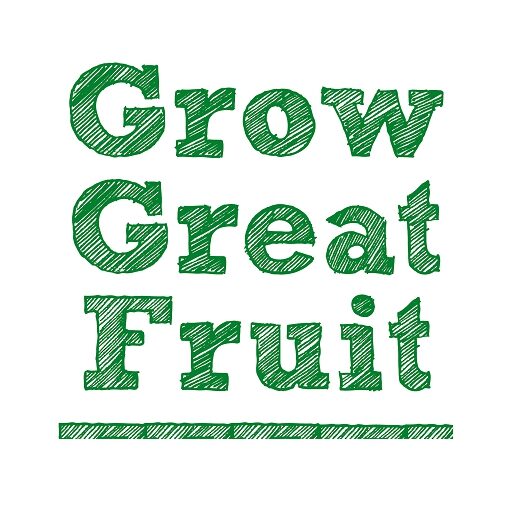
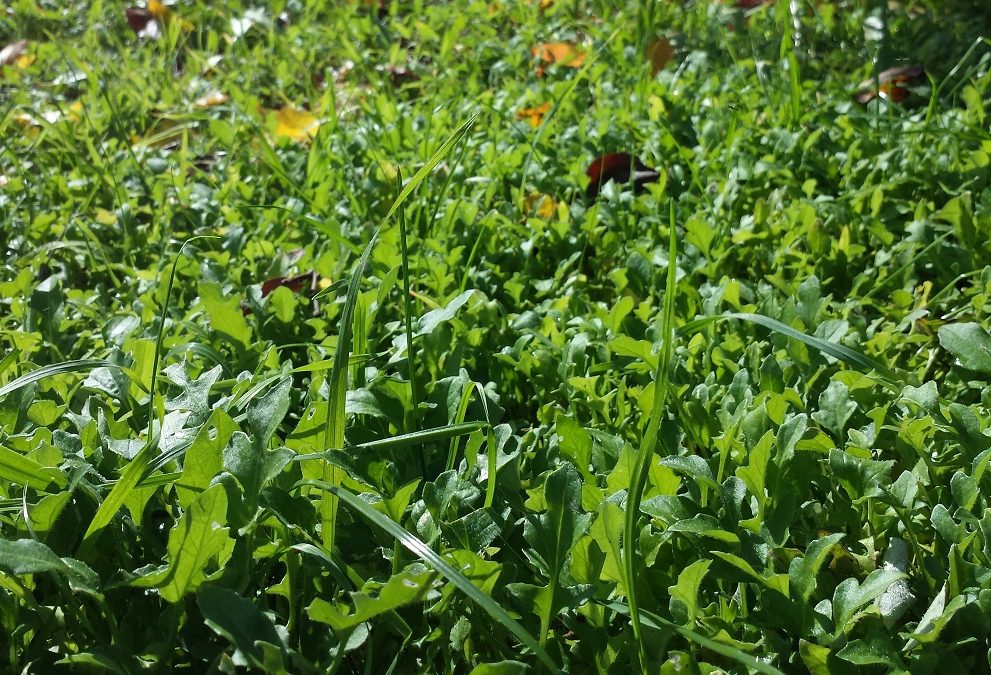

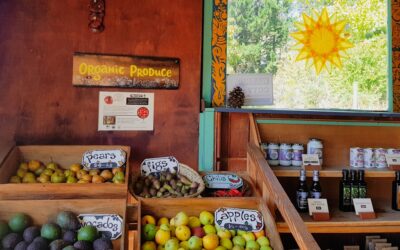

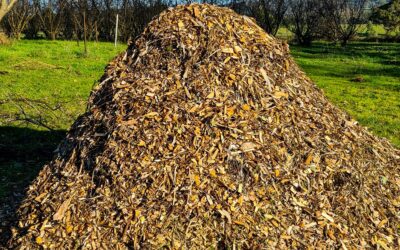
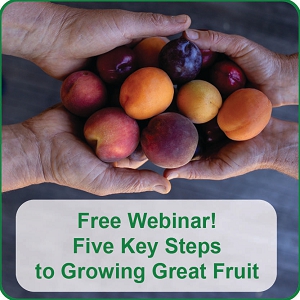
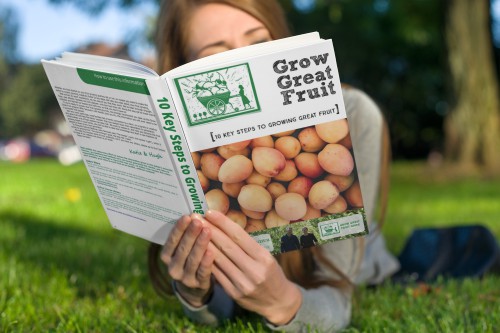
Thanks so much for this information. It is something I haven’t tried yet so I’m definitely going to have a go this time.